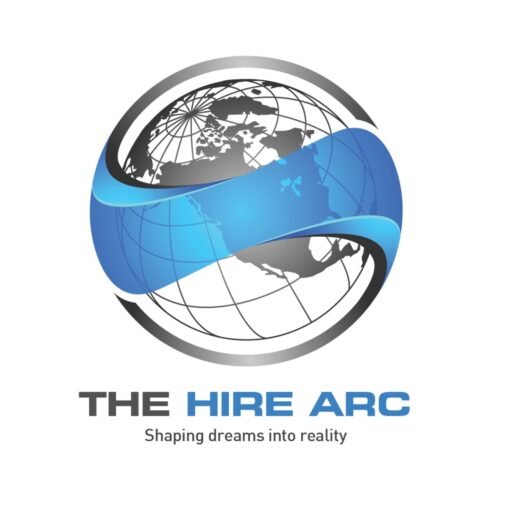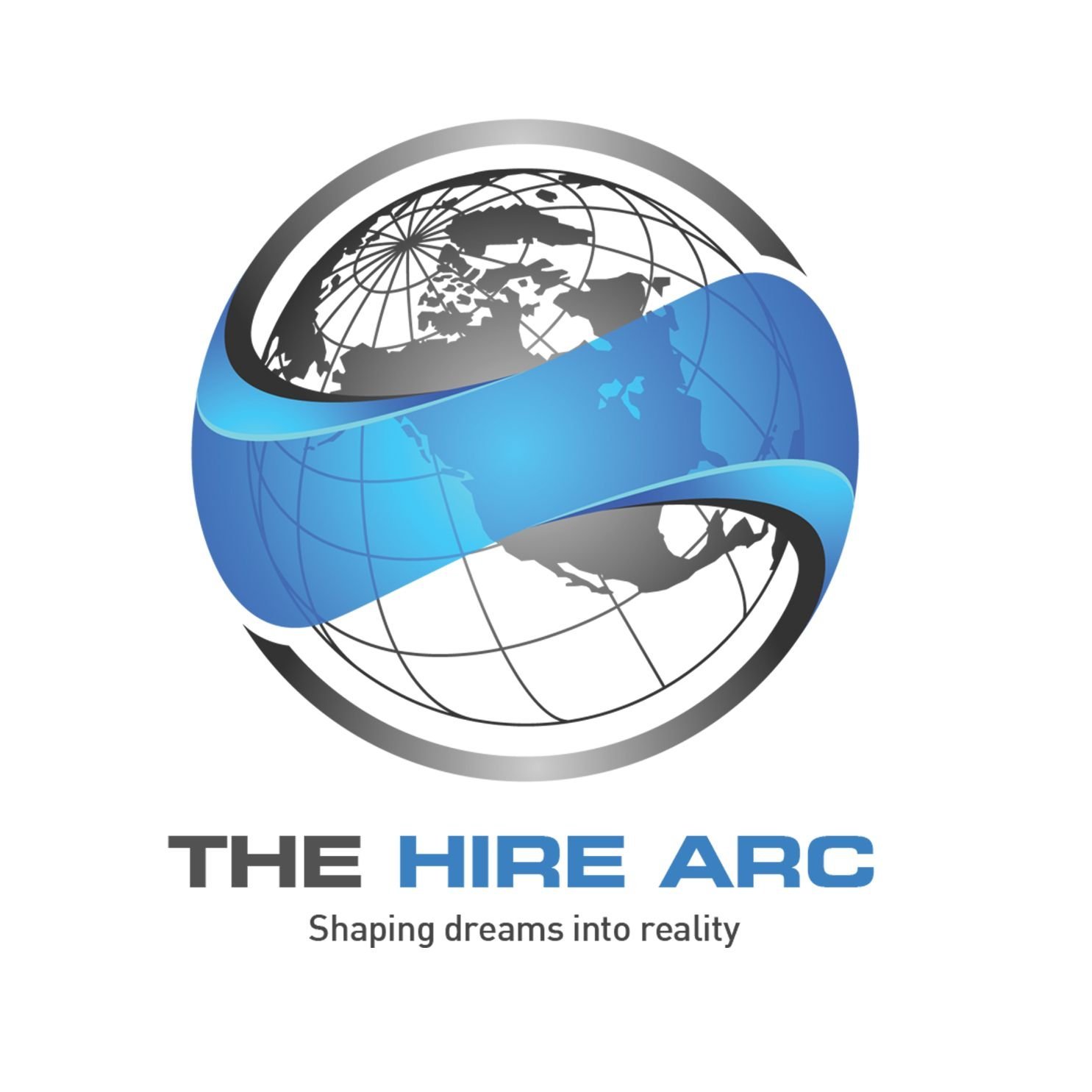Discover what HR analytics is, why it matters, and how businesses can leverage it to make data-driven talent decisions. This guide explains the importance of HR analytics, explores the benefits of HR analytics, outlines the objectives of HR analytics, and provides a step-by-step HR analytics process tailored for Indian workplaces.
The modern workplace is driven by data — not assumptions. For HR professionals, HR analytics has become an indispensable tool for decision-making, from recruitment to retention. But what exactly is HR analytics, and how can you implement it effectively within your organisation?
Let’s explore the meaning, process, and measurable benefits of HR analytics in today’s competitive talent landscape.
What is HR Analytics?
Simply put, HR analytics (also known as people analytics or workforce analytics) is the practice of using data to evaluate and enhance human resource processes.
It involves analysing data on employee performance, engagement, absenteeism, turnover, and productivity to make informed HR decisions.
For example, a Recruitment Agency in Mumbai may use HR analytics to assess hiring patterns, predict talent needs, and improve retention through data-backed insights.
Importance of HR Analytics
The importance of HR analytics lies in its ability to transform HR into a strategic function. Instead of relying on intuition, HR managers use data to:
- Identify high-performing employees
- Forecast turnover risk
- Analyse employee engagement trends
- Improve training programs
- Align workforce planning with business goals
In short, HR analytics bridges the gap between people and performance.
When integrated with Learning and Development Services, it ensures employees not only perform better but also continue to grow in alignment with organisational goals.
Benefits of HR Analytics
Organisations that successfully implement HR analytics enjoy multiple benefits:
- Improved Recruitment Quality
- Data helps identify top-performing candidate sources and hiring bottlenecks.
- Reduced Employee Turnover
- Predictive analytics identify employees most likely to leave, enabling proactive engagement.
- Increased Productivity
- Performance metrics help managers tailor goals and incentives.
- Enhanced Workforce Planning
- HR teams can anticipate future staffing needs more accurately.
- Better Training ROI
- Analytics measure the impact of training programs and guide skill development strategies.
- Improved Compliance & Payroll Accuracy
- When combined with Payroll Outsourcing Services, data analysis ensures transparency and accuracy in compensation.
Objectives of HR Analytics
The objectives of HR analytics vary depending on business priorities, but generally include:
- Aligning HR goals with corporate strategy
- Measuring and optimising employee performance
- Forecasting future workforce requirements
- Enhancing employee engagement and retention
- Driving accountability and transparency across HR functions
A data-driven HR department is not just operational — it’s strategic.
HR Analytics Process
A successful HR analytics process typically involves these five steps:
Data Collection
Collect HR data from multiple sources such as performance reviews, payroll, recruitment platforms, and surveys.
Data Cleaning
Remove duplicate or incomplete records to ensure data quality and reliability.
Data Analysis
Apply statistical and predictive models to interpret employee behaviour and business trends.
Insight Generation
Identify actionable insights that can influence HR policies and workforce planning.
Implementation & Monitoring
Turn insights into action through initiatives like performance bonuses, reskilling programs, or improved onboarding.
For example, HR Shared Services can streamline this process by integrating analytics dashboards with HR operations.
Key HR Analytics Metrics
Some common HR analytics metrics include:
- Employee Turnover Rate – Tracks the percentage of employees leaving within a specific period.
- Time-to-Hire – Measures the efficiency of recruitment.
- Training Effectiveness – Evaluates the ROI of employee training.
- Employee Engagement Score – Indicates workforce satisfaction and motivation.
- Absenteeism Rate – Reflects attendance and wellness levels.
These metrics not only inform HR policies but also guide investments in Corporate Compliance Services and risk management.
Challenges in Implementing HR Analytics
While the benefits are vast, implementation challenges include:
- Lack of data integration across systems
- Resistance to technology adoption
- Shortage of skilled HR data analysts
- Privacy and compliance issues
To overcome these challenges, partnering with experts like The HireArc can provide the technical and strategic support needed to set up an analytics-driven HR ecosystem.
How to Implement HR Analytics in Your Organisation
Start Small
Begin with pilot projects focusing on recruitment or performance management before scaling.
Invest in the Right Tools
Use analytics software that integrates seamlessly with existing HR systems.
Upskill HR Teams
Train HR professionals in data interpretation and reporting.
Ensure Compliance
Follow proper data governance and privacy protocols — something Corporate Compliance Services can help manage.
Create a Culture of Data-Driven Decision-Making
Encourage leadership to use analytics insights in every HR policy and decision.
Future of HR Analytics
The future of HR analytics lies in AI and predictive modelling.
From identifying flight-risk employees to predicting future workforce demand, analytics will continue to evolve as an indispensable business tool.
Companies that invest in HR analytics today are setting themselves up for long-term efficiency, better retention, and sustainable growth.
Conclusion
HR analytics is no longer optional — it’s essential for organisations aiming to compete in a data-driven world.
It empowers HR teams to make informed decisions, improve employee experience, and contribute to organisational success.
For businesses looking to streamline their HR processes, The HireArc offers comprehensive services — from HR Shared Services to Payroll Outsourcing — designed to integrate seamlessly with your HR analytics initiatives.
- Insightful Questions to Ask Hiring Managers During Interviews - November 9, 2025
- Recruitment Challenges: What You Must Know in 2025 - November 9, 2025
- Recruitment Metrics and KPIs: The Complete 2025 Guide for Indian Recruiters - November 9, 2025


